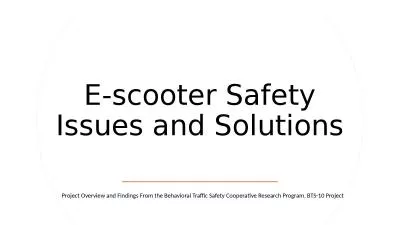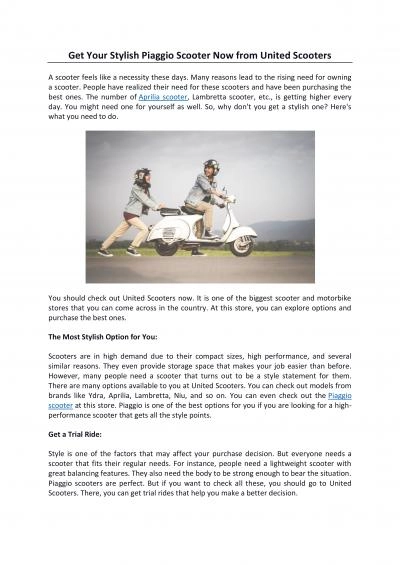PPT-What is the relationship between standing electric scooter injuries, substance use, and
Author : mila-milly | Published Date : 2022-07-15
Mariah Ulness 1 Honors BSN Student Denise A Mohrbacher 2 BS amp Traci R Snedden 1 PhD RN APRN CNE 1 UW Madison School of Nursing 2 UW Madison School of Medicine
Presentation Embed Code
Download Presentation
Download Presentation The PPT/PDF document "What is the relationship between standin..." is the property of its rightful owner. Permission is granted to download and print the materials on this website for personal, non-commercial use only, and to display it on your personal computer provided you do not modify the materials and that you retain all copyright notices contained in the materials. By downloading content from our website, you accept the terms of this agreement.
What is the relationship between standing electric scooter injuries, substance use, and: Transcript
Download Rules Of Document
"What is the relationship between standing electric scooter injuries, substance use, and"The content belongs to its owner. You may download and print it for personal use, without modification, and keep all copyright notices. By downloading, you agree to these terms.
Related Documents














